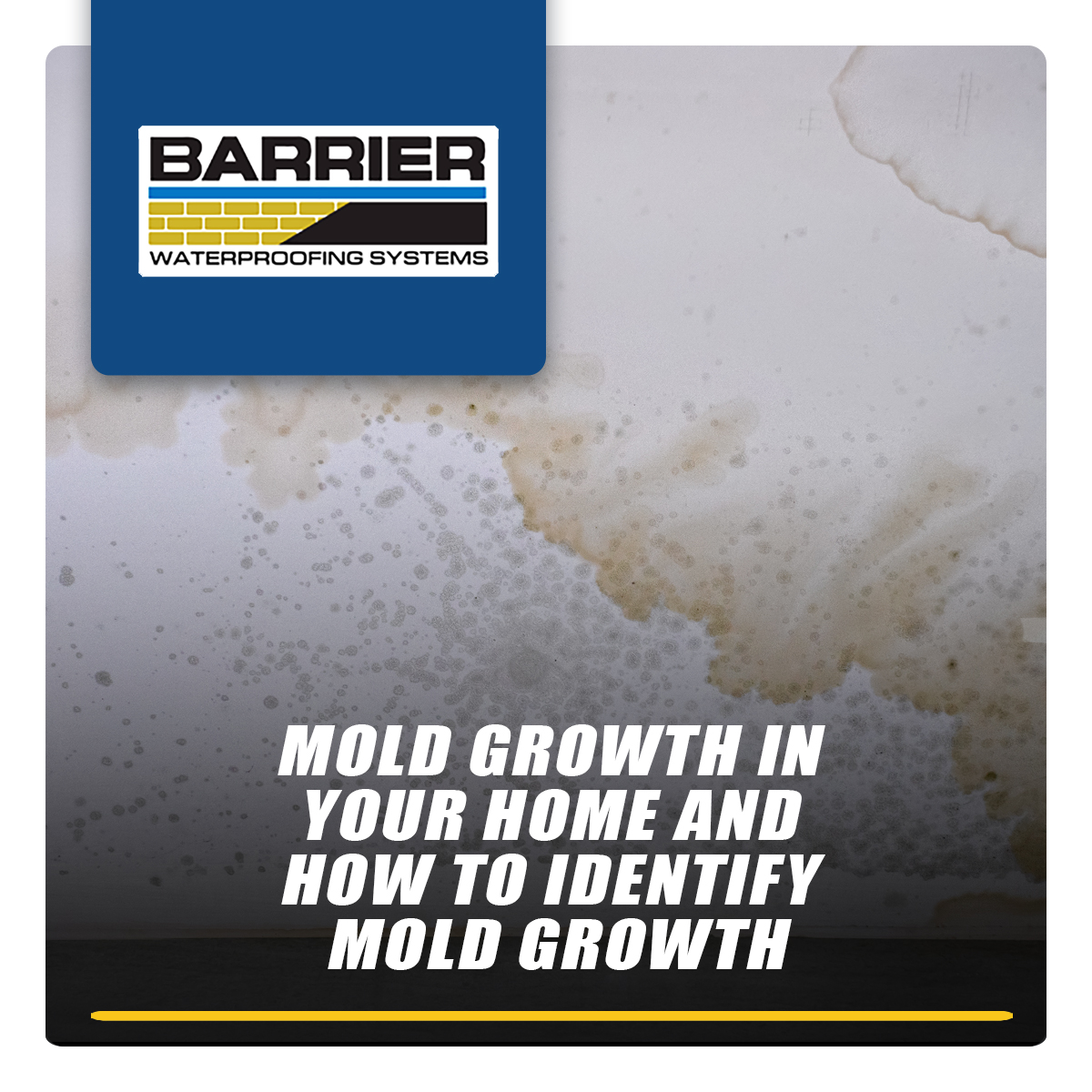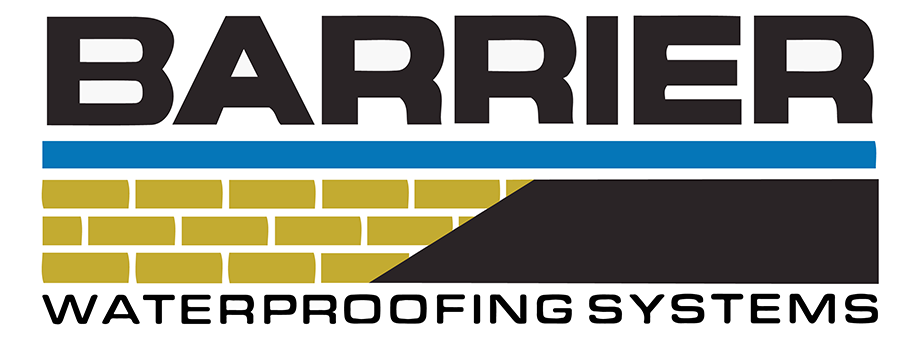Are you concerned about the possibility of mold growing in your home? If so, you may be wondering what the signs of mold growth are. Read this article to learn the signs and how to identify mold. If you suspect mold, the good news is that there are many ways to clean it. In addition to cleaning the areas where you can visualize it, you should also check for spores of growth. Never forget: it is important to avoid breathing in moldy air or smelling its odor!
Is My Home A Candidate For Mold Growth?
If you suspect that your home is a candidate for mold growth, you may be wondering what to do. While moisture buildup may be a minor inconvenience, it can also lead to mold growth. A faulty water source is a common cause in most homes. If you have problems with excessive moisture buildup, you should consider getting a humidity gauge. This tool will help you get a more accurate reading and identify potential issues before they become too big to fix, including if potential conditions for mold growth are present.
Checking your kitchen can be a great first place to look. If you have children, they can often put things in their mouths, and mold can easily form on the surface. Likewise, you should regularly clean the dishwasher, washing machine, and garbage disposal as they are prime places for mold to form. You should also check the plumbing, such leaky pipes or seal. You can prevent the growth of mold by preventing the conditions in places like these before they become a major problem.
The best defense against mold is a clean and dry environment. Avoid storing water in the basement, and dry the house thoroughly after experiencing a flood or other water leak. To do this, you can make sure the air in the home is at least fifty percent humidity. Installing dehumidifiers is a viable solution to minimize moisture in the home. You can also install exhaust fans to keep the air dry. If you suspect mold growth, you should consult a mold removal professional and seek assistance for your home.
What Are The Signs of Mold Growth?
Some of the first signs of a mold problem are water stains, watery eyes, and a musty odor. It can cause skin irritation and sneezing, too. In addition, mold can produce an unpleasant odor, which is usually detectable when first entering your home. If your home has high humidity, mold will most likely take up residence there. The areas it likes to grow in are where the humidity is higher than 50%.
It can grow behind walls and framing, on soap-coated grout, and even in carpet pads or the carpet itself! Those who suffer from allergies to mold should monitor their exposure to high levels of household mold. Excess moisture is common in all buildings. Leaky pipes or flooding can cause the presence of mold. Mold can also develop behind walls, underneath floor coverings, and in the walls of leaky sink pipes.
People with a mold allergy may experience tingling, burning, or itching when in contact with the mold. They may also develop dry, scaly skin. People with allergies should seek professional medical attention as soon as they notice a mold problem. A mold test can be helpful in locating the source of the growth. If a mold problem persists, it may be due to a leak in a pipe or uncontrolled humidity in the room.
In addition to mold growth, the presence of a mold colony can cause serious health problems. If the problem is not detected, it could cost thousands of dollars to remedy! As such, it’s crucial to check for mold early to prevent future health complications. If the presence of a mold colony is detected in a building, it’s essential to replace the affected material. If the symptoms are already present in the living areas, it’s important to contact a mold remediation specialist to prevent further damage to the home and to remove the mold entirely to prevent regrowth.
Where Can Mold Grow In My Home?
There are hundreds of types of mold, but some are more common in homes than others. For example, Alternaria grows in damp areas indoors. Aspergillus grows on building materials, dust, and powdered food. Cladosporium can grow in both warm and cool places, but tends to appear on fabric and other water-damaged materials. Penicillium is green or blue, and grows in a variety of indoor environments, including bathrooms, basements, and walls.
The best way to prevent mold from affecting your home is to control the amount of moisture in your home. Mold is attracted to high moisture levels, so keep your home’s temperature between 60 and 70 degrees. Ventilation is one of your best weapons against mold, as it allows surfaces to dry and reduces moisture. Direct sunlight also kills mold by destroying its cellular structure. Always avoid leaving wet clothes in laundry baskets!
Although mold spores are generally harmless, they can be inhaled in large numbers, making them potentially harmful to your health. People with allergies and immune system disorders are especially prone to mold infection. You should consult a medical professional for diagnosis and treatment. Inspecting your building for water damage and cleaning the areas that contain water can help. This is especially true when you ventilate the areas where moisture accumulates, such as laundry room, cooking areas, and showers.
You should also make sure that your HVAC system is properly vented outside when possible. Your home’s water-damaged windows and pipes should also be repaired or replaced. While there are many things you can do to help keep mold from growing in your home, some of the problems might be coming from underneath it!
Why Does Mold Grow In My Home?
Mold spores can enter your home through open windows, doors, and ventilation systems. They can also be carried inside by clothing, shoes, and pets. In addition to being airborne, mold spores can attach themselves to surfaces that are constantly exposed to moisture, such as drywall or carpet backing. In addition, many common building materials, such as wood, cotton, and carpet, can become a source of organic material for mold.
If you discover mold spores in your home, the first step is to remove them immediately. Mold spores are tiny particles of dirt that travel through the air. These tiny particles act like seeds, which, when the right conditions are met, cause new colonies of mold to form. The next step is to inspect the affected area for moisture. Such origins of moisture could be found around damaged pipes, electrical outlets, and plumbing fixtures.
After an initial discovery of mold, the next step is to take action. To help cut down on mold spores from inside the home (you will want to contact a professional for removing the mold growth entirely), you could begin cleaning all surfaces of your home. This includes carpets, upholstery, and fabric. You could also take steps to reduce the amount of ambient moisture, like condensation on cold surfaces. Avoid placing rugs and carpets in areas with higher humidity levels. You can also disinfect areas of your home with bleach solution.
Moisture can enter your home through open windows, vents, and HVAC systems. Clothing, shoes, and bags can carry airborne mold into your home. If you notice mold growth, contact a mold removal service to ensure that the living areas in your home are safe for you and your family and to help locate where the mold growth is originating from. Professional mold removal services will remove mold completely, restoring a healthy environment for you and your family.
Can Basement Waterproofing Stop Mold Growth
A leaky basement is a leading culprit of mold growth and other home problems. Water and moisture can be trapped against the basement’s foundation and lead to flooding, resulting in even more mold growth. Basement waterproofing solutions can solve these problems and stop mold growth for good.
To reduce the humidity in the basement, you can install a dehumidifier. If you can’t afford a dehumidifier, you can purchase a fan and open a window to let the fresh air circulate. Essentially, a deeper problem of intruding water is at fault and needs to be corrected.
A leaky basement can be caused by many different reasons, including poor ventilation and plumbing. Water from washing clothes and drying clothes in the basement can contribute to mold growth. It is always a better idea to do the drying upstairs, since ventilation into the basement is an easy mistake to make and is dangerous for your health! Cleaning up the basement is a great way to prevent mold growth and make your basement dry and mold-free.
Keeping the moisture out for good is the only way to truly prevent mold growth from intruding moisture. Whether you choose professional interior or exterior waterproofing solutions, your local experts here at BARRIER Waterproofing Systems can install what your home needs. French and trench drains, sump pump installations, and more can keep your home dry for many years to come.
BARRIER Waterproofing Systems has got your back when it comes to mold remediation and removal in your basement, crawl space, or living areas! Simply give us a call today and schedule your FREE evaluation. We will evaluate the humidity conditions of your home as well as other factors that will help us determine how to best rid your home of mold and prevent excess moisture from entering!

